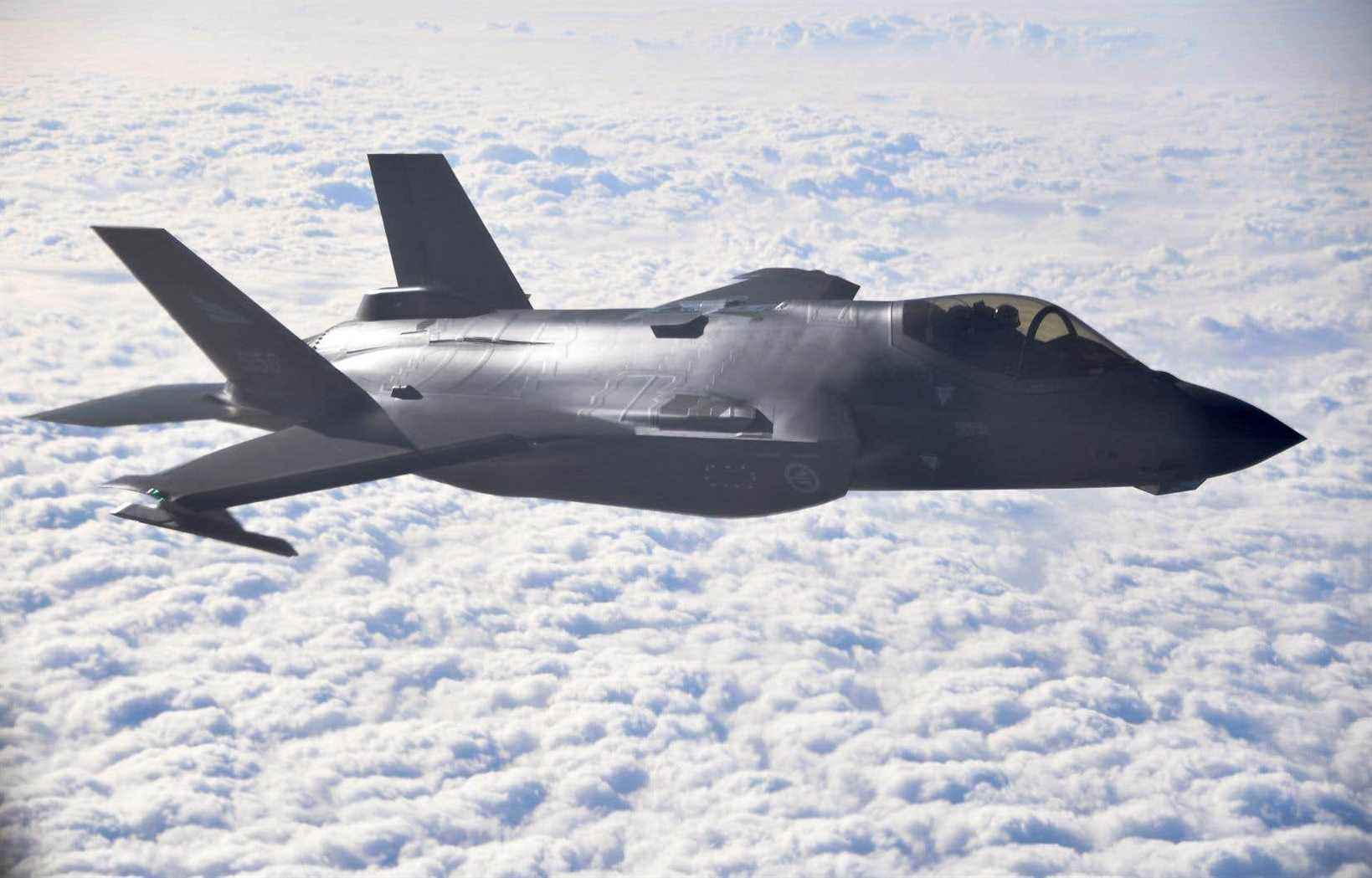The Liberal government begins the final negotiations on the purchase of the F-35 fighter plane from the American manufacturer Lockheed Martin. Canada plans to buy 88 new fighter jets to replace its aging CF-18s; Ottawa has already budgeted up to $19 billion for this major acquisition.
Supply Minister Filomena Tassi and National Defense Minister Anita Anand announced the long-awaited decision at a press conference on Monday.
While that doesn’t mean a deal to purchase the US stealth fighter has officially been finalized, it does indicate that Canada is on the verge of finally choosing a replacement for its aging CF-18s. If negotiations fail, the government could start talks with Saab, whose Gripen fighter came second to the F-35 in the race.
“This procurement was an open, transparent, competitive and rigorous process for one simple reason: we need the right aircraft at the right price,” said Minister Anand. It was a tough competition, and we thank all the bidders for their participation.”
Last week, government officials told a parliamentary committee they hoped a final contract would be in place by the end of the year, with delivery of the first plane scheduled for 2025, and the last around 2032. .
A long saga
This stage of final negotiations for the F-35 comes full circle on the bidding for a new fighter jet and will no doubt raise questions about whether Ottawa should have gone ahead with its initial deal it ten years ago.
Stephen Harper’s Conservative government pledged in 2010 to buy 65 F-35 aircraft, without competitive bidding, but concerns over the stealth fighter’s cost and capabilities ultimately pushed it back to square one.
The Liberals promised in 2015 not to buy the F-35s and to issue a tender. They then planned to purchase 18 Super Hornets from Boeing without a tender as a “stop-gap” measure, pending the new fleet.
Some at the time questioned that plan, suggesting the Liberals were trying to find a way to tie Canada’s hands with Boeing without exposing themselves to a legal challenge from Lockheed Martin or another manufacturer.
But the government canceled that plan when Boeing sparked a trade dispute with Bombardier over the C-Series. Ottawa finally launched the current bidding process in July 2019, when the Super Hornet and F-35 were cleared to compete.
Meanwhile, the government has been forced to invest hundreds of millions of additional dollars to maintain the CF-18 fleet, which will be 50 years old in ten years.
The F-35 would be the favorite
Since the official launch of the tender, the F-35 has been considered the favorite.
Canada has already contributed US$613 million to the development of the F-35 since 1997, with another installment of several million dollars due in the coming weeks. And this stealth fighter is already in use by the United States and many other allies.
Many observers saw the Boeing Super Hornet and the F-35 as the only real competitors, due to Canada’s close relationship with the United States, which includes the joint use of fighter jets to defend airspace on a daily basis. North American, within NORAD.
These perceptions were only amplified after two other European companies pulled out of the race before it even started, complaining that the Canadian government’s demands favored their American competitors.
